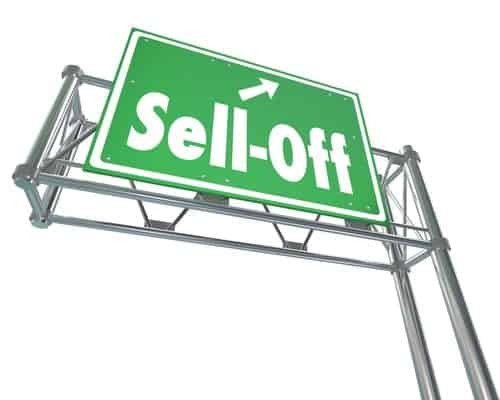
The Crucial Role of Good Trading Habits
Today I’ve got my cranky pants on…but you need to hear this.
Nothing infuriates me more than witnessing someone treating their trading with disrespect. Trading is a business; it requires discipline, routine and respect.
If you can’t dedicate the time and discipline required to run your trading strategy then you should NOT be trading.
Let’s get one thing straight: successful trading goes way beyond just finding a decent strategy. Sure, strategy matters, but don’t underestimate the significance of nurturing impeccable trading habits. These habits lay the groundwork for consistency and long-term success.
Imagine living without those crucial trading habits. You’d be constantly scrambling to make decisions about elementary tasks, which inevitably leads to stress, anxiety, and a devastating drop in performance.
Being in this game for decades, my approach to placing and executing trades, reconciliations, and research has remained virtually unchanged.
Unwittingly, I’ve been using a hack which has now been popularised by James Clear in his book, ‘Atomic Habits‘.
Habit stacking is a technique that involves attaching a new habit to an existing habit in order to make it easier to adopt and maintain.
The idea behind habit stacking is to take advantage of the automatic nature of existing habits to create a chain of actions that lead to the formation of a new habit. By linking the new habit to an existing one, you leverage the consistency and convenience of the established habit to reinforce the behavior you want to develop.
A basic example would be having to take a new course of medication. To automate that habit, we attach it to an existing habit, such as brushing your teeth. Brush teeth > take tablet.
When it comes to trading, my trade reconciliations are part of my morning routine. Shower > grab a coffee > sit at my desk. That’s the cue to reconcile my trades. No emails. No checking messages. No Twitter. As soon as I plant myself at my desk, I automatically open my various platforms and reconcile the trades.
Reconciling the trades then becomes the trigger to place ASX trades for the day. That’s the next step. Still no email, Twitter, or any distractions.
Once the ASX trades are placed, I go for breakfast. When I return to my desk, that’s when I can tackle emails and whatever else needs attention.
And what about placing US trades? It’s directly linked to my return to the desk after lunch. It’s not a set time. It’s tied to the habit of coming back to my desk post-lunch.
Now, let’s talk about the lower frequency strategies. Take our ASX Momentum or US Momentum portfolios, for example, where trades occur only once a month. The trigger to execute my own trades is as immediate as the flick of a switch. Right after generating the signals for clients and updating the website. No hesitation, no delay.
And by the way, it’s month end today, so you can bet I’ll be placing my ASX Momentum trades later today and the US Momentum trades tomorrow morning as soon as the website has been updated.

